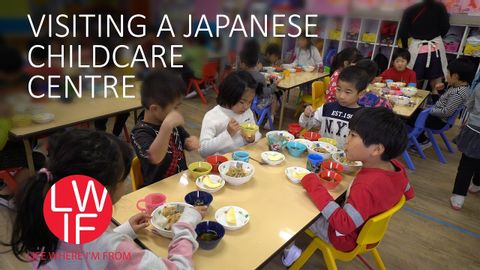日本の保育園とは (What a Japanese Childcare Centre is Like)
Amy.Lin が 2021 年 01 月 14 日 に投稿  この条件に一致する単語はありません
この条件に一致する単語はありませんUS /ˈrɪtʃuəl/
・
UK /'rɪtʃʊəl/
- adj.儀式の : 祭礼の : 儀礼の;儀式の
- n. (c./u.)儀式;習慣
- n.地点 : 場所;困難 : 苦境;位置づけ;少し;斑点 : 染み : 汚点
- v.t.(偶然)見つける
US /'sepəreɪt/
・
UK /'sepəreɪt/
- adj.違う;別々の
- v.t.離す;割く
- v.i.別居する
- v.t.巧みに手で作る
- n. (c./u.)工芸職;船や飛行機
エネルギーを使用
すべての単語を解除
発音・解説・フィルター機能を解除

